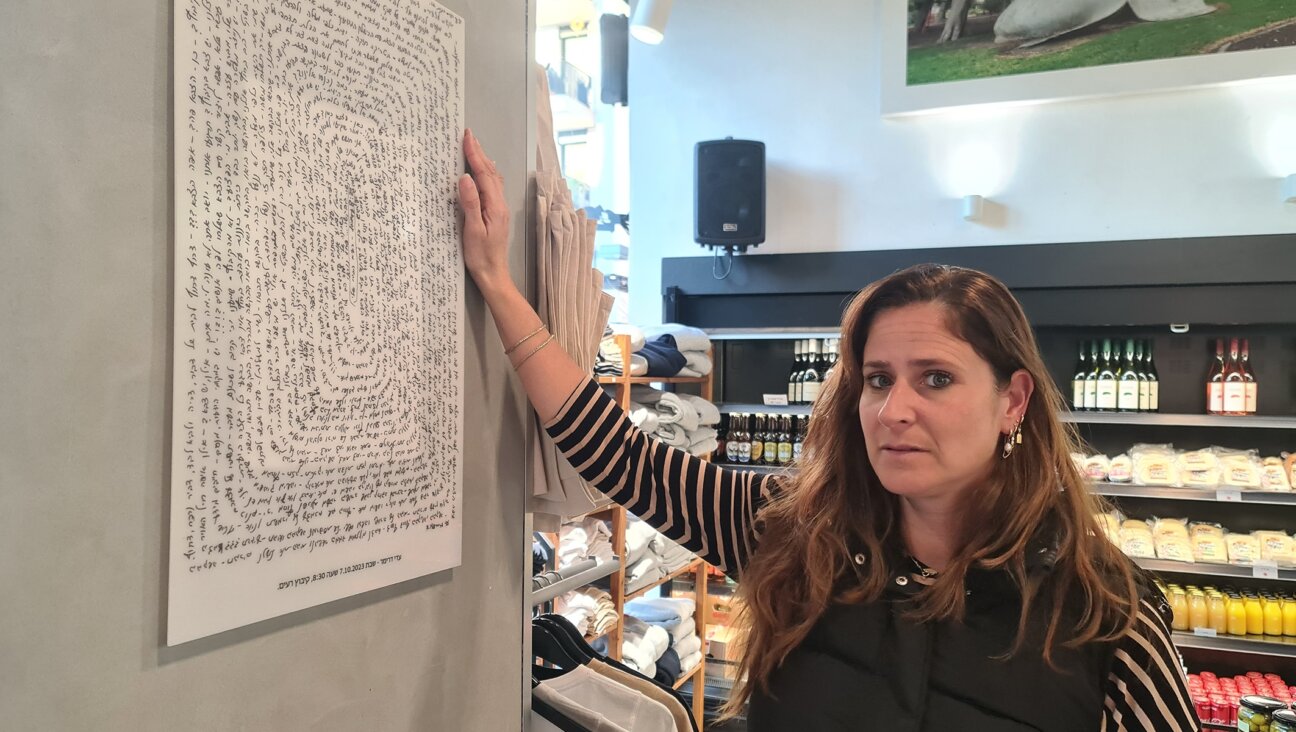The Discreet Photography of Esther Bubley

Portrait of Esther Bubley by John Vachon, 1944.
Fans of photography are discovering that a “slender, soft-spoken unobtrusive, curly-haired Midwestern Jewish girl,” as journalist Melissa Fay Greene calls Esther Bubley, was one of America’s most sensitive camera artists from the 1940s onward.
Greene’s “The Photographs of Esther Bubley” from D. Giles Limited tells how Bubley was born in Wisconsin in 1921 to a father from Dvinsk (today Daugavpils, Latvia), and a mother from Lazdijai, Lithuania.
When still a teenager, Bubley went to Washington, D.C., to work at the Office of War Information (OWI), an organization for whom she eventually took some of her most unforgettably humane photos. Bubley’s images captured evolving social mores, like her photo of African American women on Memorial Day, “Decorating a soldier’s grave…May 1943,” which was a pointed reminder that African American military personnel were dying in defense of a country which did not yet extend to them full civil rights.
Reminders of racist Southern segregation are rife in Bubley’s images from this time, even if her role as OWI documentarist was not intended to comprise that of social critic.
But in her quiet way, Bubley was an empathetic witness to silent sufferings, including the anguish of everyday urban life, and her 1948 reportage on anonymous diners at Manhattan’s Automat includes an occasional face that might just as easily have turned up in a psychiatric outpatient clinic.
In 1953 Bubley captured the homely details of Albert Einstein’s life during a photo session with the great physicist, showing him playing with his dog, or unpretentiously trudging down a street in Princeton, New Jersey.
Also in 1953, Bubley captured the hypnotic spell cast upon an audience by the magisterial clarinetist Benny Goodman. During a reporting trip to Rome that same year, Bubley wrote in her diary: “I have found the human race. It is like finding ones family at last.”
Bubley’s niece Jean Bubley, a Brooklyn resident who handled the photographer’s estate since her death in 1998, recalls that a major part of her aunt’s talent was to “melt into the background, despite all of her big, heavy, clunky, noisy camera equipment. For example, she visited my family once when I was a baby, and my parents were getting annoyed because she didn’t seem to be taking any pictures of me. Finally my mother asked, ‘Well, aren’t you going to take pictures of the baby?’ To which Esther replied, ‘I’ve already taken 40.’”
Bubley’s discreet, delightfully perceptive imagery is worth celebrating.
Watch a short documentary about Esther Bubley:
A message from our Publisher & CEO Rachel Fishman Feddersen

I hope you appreciated this article. Before you go, I’d like to ask you to please support the Forward’s award-winning, nonprofit journalism during this critical time.
We’ve set a goal to raise $260,000 by December 31. That’s an ambitious goal, but one that will give us the resources we need to invest in the high quality news, opinion, analysis and cultural coverage that isn’t available anywhere else.
If you feel inspired to make an impact, now is the time to give something back. Join us as a member at your most generous level.
— Rachel Fishman Feddersen, Publisher and CEO
























